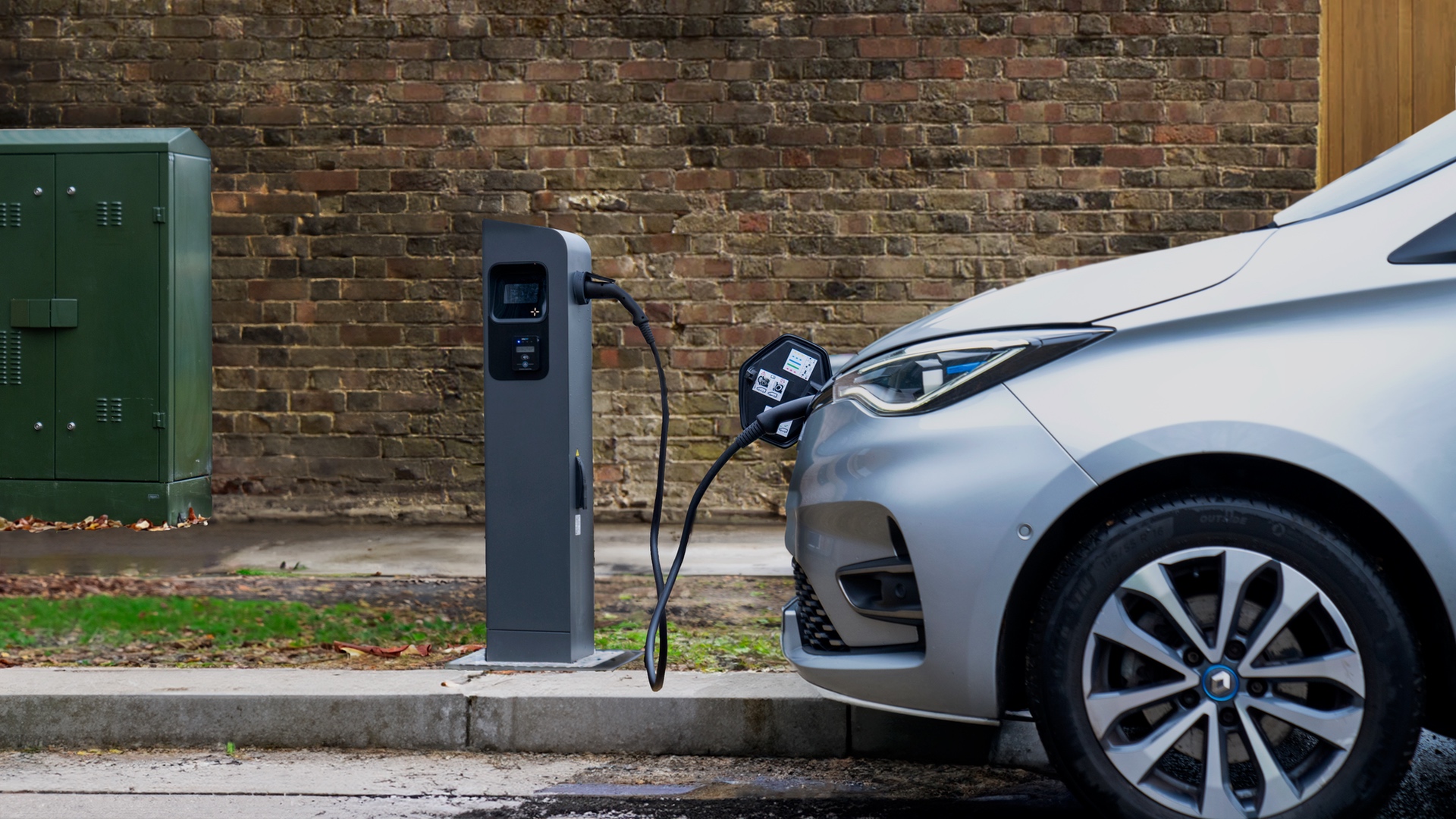
It's always nice when someone comes forward with an idea for new public infrastructure that doesn't require whole heaps of new construction.
BT's doing just that with its latest drive, an idea that has come out of its internal startup incubator. The new scheme will test whether it's efficient to convert the many green street cabinets that sit on residential roads in the UK to also house electric vehicle charging stations.
These cabinets typically house broadband and phone cabling, but in many cases are in sore need of updates anyway, to improve their ageing efficiency and energy use, so this could be a big win-win.
After all, BT says that over a third of UK drivers say they'd have an electric vehicle by now if they were more confident in the widespread availability of charging points.
With 53,000 charging points around the UK right now and a stated governmental aim to increase this to 300,000 by 2035, any idea that makes it easier to set up new charging points has to be well worth considering. There are potentially 60,000 cabinets that look like they could be suitable for the upgrade, after all.
So, this marks the start of a presumably quite lengthy trial period, during which BT will slowly test new locations to see how cost-effective the cabinet conversion is, and what factors affect both how much it's used and how much it costs to create the new charging point.
The first converted cabinet is in East Lothian in Scotland, but more will follow as the year goes on, according to BT.
The idea isn't to have cabling running directly to and from the street cabinets, though. Instead, additions are made to the cabinet to effectively share the power allocated to its broadband connections, allowing an EV charging point to be set up outside on the curb.
As the country uses fewer of these street cabinets for broadband connectivity (because of the different ways that fibre broadband connects to homes), more power will be freed up and more space in the cabinets for the tech to allow for further EV charging points.
So, this looks like a pretty fantastic concept that could be a great way of avoiding the need to bin a whole bunch of older infrastructure, while paving the way for a cleaner future - time will tell whether it's able to actually spread at a massive scale, though.







